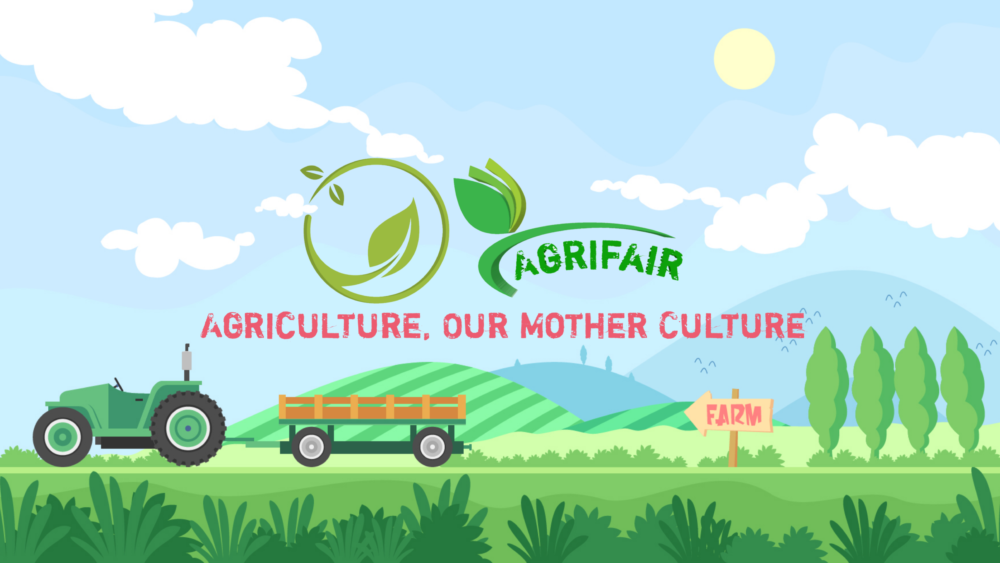Saguna Rice Technique: A New Method for Sustainable Rice Farming
Rice is a staple food for more than half of the world’s population, and its production is crucial for global food security. However, traditional rice farming methods have become increasingly unsustainable due to factors such as soil degradation, water scarcity, and the use of chemical fertilizers. To address these issues, a new technique known as the Saguna Rice Method has been developed.

What is Saguna Rice Technique?
The Saguna Rice Method is an integrated approach to rice farming that focuses on the use of natural inputs and sustainable practices. It was developed in India by Saguna Bioscience and is based on the principles of agroecology and integrated pest management. The method aims to increase rice yields while reducing the use of chemical fertilizers and pesticides, thus promoting soil health and reducing environmental impact.
One of the key features of the Saguna Rice Method is the use of biofertilizers and biopesticides. These natural inputs are made from microorganisms that are naturally present in the soil and can improve soil fertility and protect crops from pests and diseases. In addition, the method also involves the use of organic fertilizers, such as compost, to improve soil health and fertility.
You can watch this video for better understanding 👇
One of the key benefits of the Saguna Rice Technique is its ability to improve soil fertility. By growing a mixture of crops, farmers can add organic matter to the soil, which helps to build its structure, retain moisture, and provide essential nutrients to the rice plants. This results in healthier and more resilient rice crops that are better equipped to withstand the impacts of pests, diseases, and extreme weather events.
Another advantage of the Saguna Rice Technique is its lower water usage. Unlike traditional rice cultivation methods, which require large amounts of water to flood the fields, Saguna Rice Technique relies on less water, which is used more efficiently. This makes it a much more sustainable approach to rice farming, especially in regions where water is scarce or its use is restricted.
In addition to these benefits, the Saguna Rice Technique also increases crop yields. By growing a mixture of crops, farmers can take advantage of the complementary relationship between the different species, which can result in higher yields and more nutritious crops. For example, the legumes grown in association with the rice can fix nitrogen from the atmosphere and transfer it to the soil, providing essential nutrients for the rice plants.
Features of Saguna Rice Technique:
Another important aspect of the Saguna Rice Method is the integration of fish culture with rice farming. Rice and fish are grown together in the same field, with the fish providing natural fertilization for the rice and the rice providing shelter and food for the fish. This integrated approach results in increased yields and improved soil health, while also providing a source of protein for the farmers and their families.
The Saguna Rice Method also emphasizes the importance of crop diversity and intercropping, as well as the use of local seed varieties that are adapted to the local climate and soil conditions. These practices help to improve soil health and reduce the dependence on chemical inputs, while also promoting biodiversity and improving farmers’ resilience to environmental stress.
In conclusion, the Saguna Rice Method is a promising new approach to rice farming that offers a sustainable alternative to traditional methods. By using natural inputs, promoting crop diversity, and integrating fish culture with rice farming, the method has the potential to improve rice yields and soil health, while also reducing the use of chemical inputs and promoting food security. With further research and dissemination, the Saguna Rice Method could play an important role in the future of sustainable rice farming.

Pingback: Apiculture: The Fascinating World of Beekeeping - AgriFair
Pingback: Cultivation: A Journey Through the Different Methods of Growing Crops - AgriFair
Pingback: Maximizing Food Production with Aquaponics: A Sustainable Solution - AgriFair
Pingback: BSc Agriculture: The Ultimate Guide to Pursuing a Career in Agriculture - AgriFair
Pingback: Unlocking Nature's Hidden Allies: The Ultimate Agricultural Microbiology PDF Guide for Farming Success! - AgriFair
Pingback: Broiler Parent Breeding Poultry Farm Secrets Revealed: The Ultimate Guide - AgriFair
Pingback: मशरूम बीज उत्पादन के बिजनेस से करें कमाई, जानें पूरी प्रक्रिया - AgriFair
Pingback: The Inspiring Journey of Padma Shri Kisan Chachi: A Remarkable Farmer Empowering Rural India - AgriFair
Pingback: Agriculture Informatics PDF: Revolutionizing Farming with Data-driven Insights - AgriFair